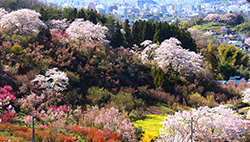Three Experts Discuss the Charm of Fukushima's Sake: Locally Rooted Diversity and Award- Winning Technical Excellence
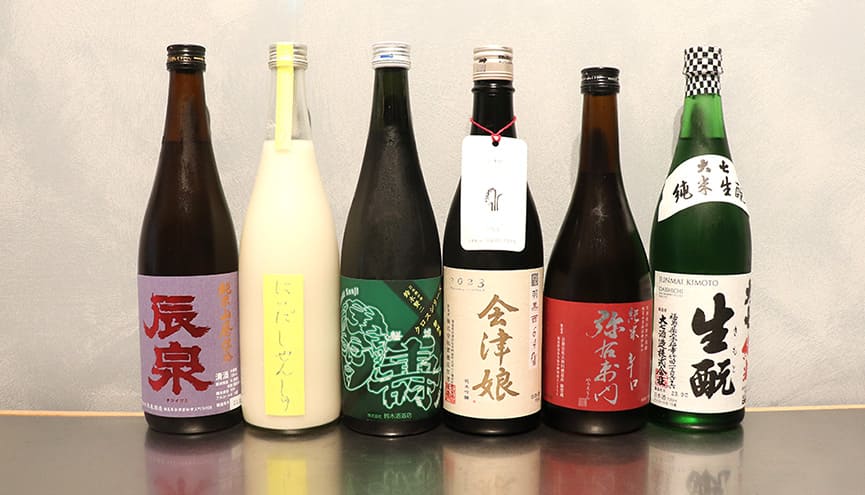
Fukushima Prefecture, which is the third largest in Japan, boasts over 50 sake breweries.
The prefecture into three main regions, each with its own unique climate: Hamadori, which faces the Pacific Ocean; Nakadori, a bustling crossroads; and the mountainous Aizu region. This diversity contributes to the rich individuality found in sake production throughout the prefecture.
Until 2022, Fukushima held the record of winning the most gold awards by prefecture at the nation's largest sake competition, the Annual Japan Sake Awards. While this streak was broken in 2023, there's no doubt that the prefecture's overall sake brewing techniques remain top-notch.
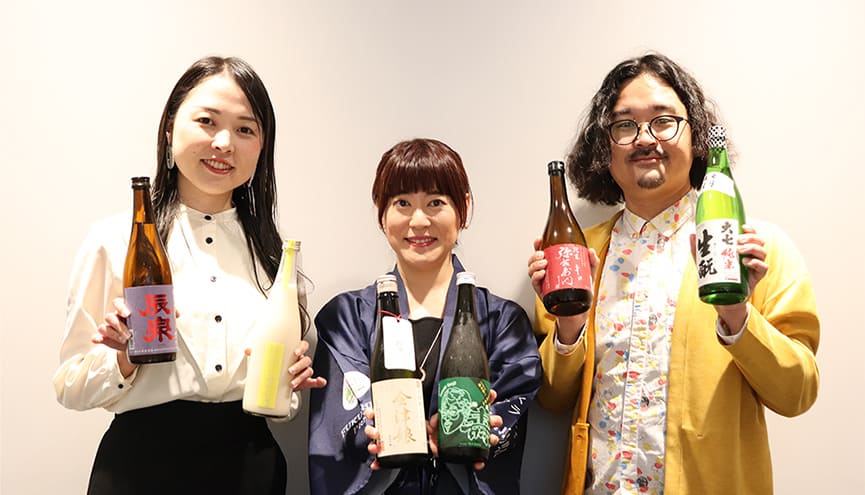
Saki Kimura (left), Aimee Ujiie (middle), and Jun Koike (right)
But how do sake connoisseurs see Fukushima's sake?
In this article, certified sake educator and sake sommelier Aimee Ujiie(who also serves as a Fukushima tourism ambassador), Saki Kimura, a sake journalist, and Jun Koike, editor-in-chief of SAKETIMES, came together to discuss the brands of Fukushima they love.
Fukushima’s sake brewers commit to using locally sourced rice
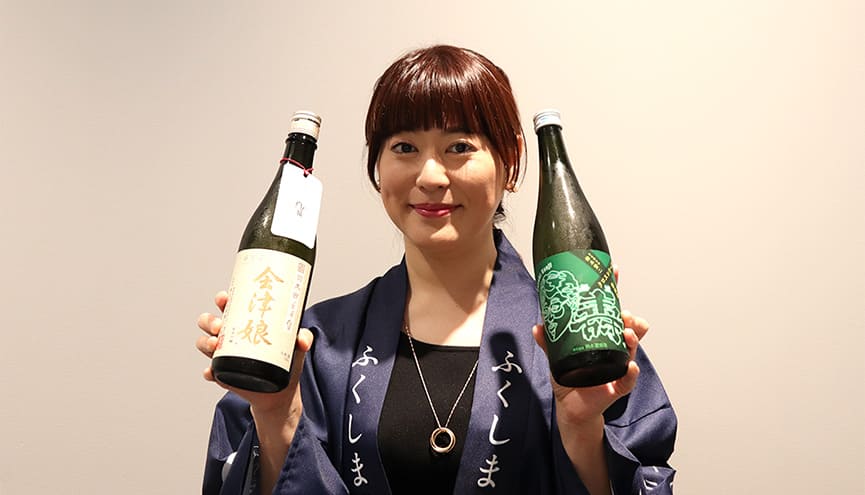
Aimee Ujiie, a certified sake educator and sake sommelier who also serves as a Fukushima tourism ambassador
Aimee Ujiie: I’ll go first. The first bottle is Aizu Musume Junmai Ginjo Haguro Nishi 64 from Takahashi Shosaku Brewery in Aizu Wakamatsu City.
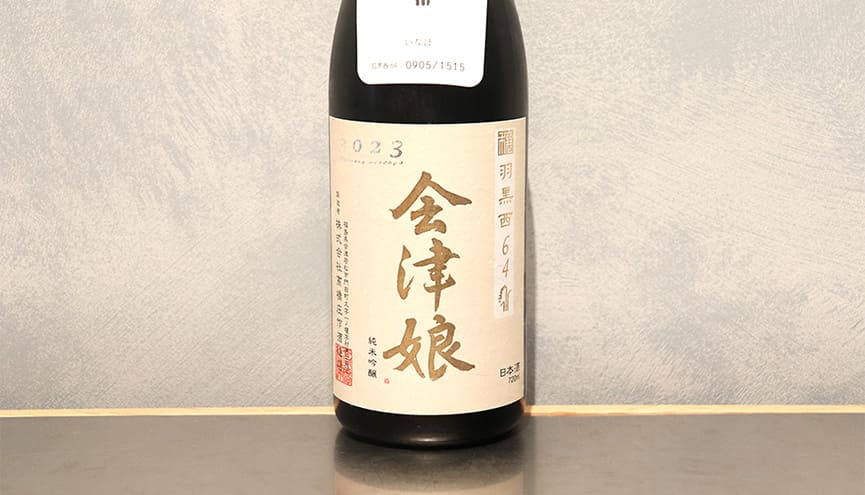
Aizu Musume Junmai Ginjo Haguro Nishi 64 by Takahashi Shosaku Sake Brewery
Saki Kimura: I’ve tried another variety of the same Aizu Musume brand before, and the unique slightly bitter aftertaste has left a lasting impression. Just like with wine or tea, moderate bitterness pairs well with food. When bitterness is skillfully expressed in sake, it communicates the brewer’s talent.
Jun Koike: Bitterness can sometimes be seen as a negative element, but in this case, it becomes a pleasant accent. Why did you choose this particular bottle from Aizumusume?
Aimee: Aizu Musume Junmai Ginjo Haguro Nishi 64 is part of the Jo series, which has the concept of "creating one product from one rice field," and “Haguro Nishi 64” refers to one specific rice field. According to the toji (master brewer) Wataru Takahashi, this series was created with an underlining desire to express the individuality of each rice field, which derives from elements life different soil qualities, how the wind blows and access to sunlight. When I heard that, I was truly moved. Furthermore, the brewery staff at Takahashi Shosaku Brewery is also involved in rice cultivation.
Saki: Since they cultivate their own rice, one would assume they would try to bring out the flavor of the rice to emphasize it, but this sake has a good balance, doesn’t it?
Aimee: It feels like this bottle reflects a high level of skill, from rice cultivation to sake brewing.
Jun: The second bottle is Iwaki Kotobuki Junmai Ginjo Cross Series Suzuki Kenji by the Suzuki Brewery in Namie. Why did you pick this one?

Iwaki Kotobuki Junmai Ginjo Cross Series Suzuki Kenji by the Suzuki Brewery
Aimee: During the Great East Japan Earthquake this brewery’s buildings were washed away. But they continued sake brewing in Nagai in neighboring Yamagata Prefecture. In 2021, the brewery was revived in Namie, alongside a roadside station, and they resumed sake production in Fukushima. It is an indispensable symbol of Fukushima Prefecture's recovery. By the way, the brewery owner, Daisuke Suzuki, and Wataru Takahashi of Aizumusume were classmates at the Tokyo University of Agriculture, where they both studied sake brewing.
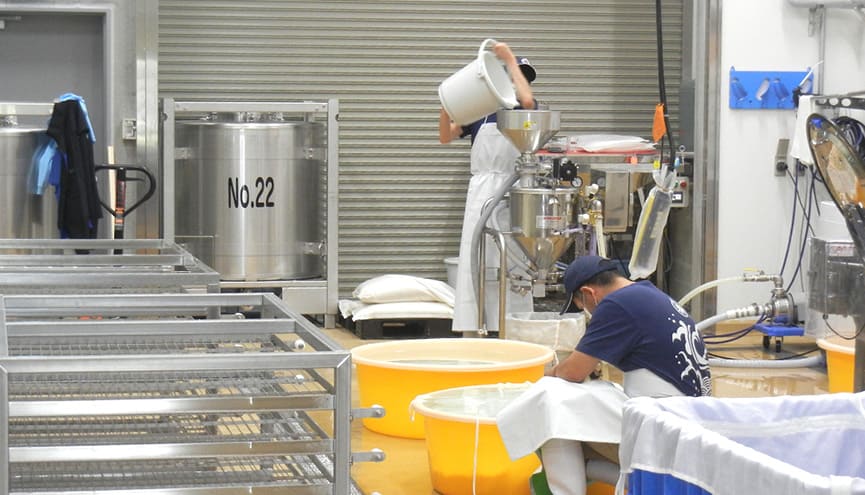
Sake brewing at the Suzuki Brewery’s new premises (Photo courtesy of Suzuki Brewery)
Aimee: The Cross Series entrusts experts with ties to the Suzuki Brewery to administer everything from the design of sake quality to management of moromi (sake mash). It is imbued with the desire to create something significant through the crossover of people and their skills, much like a multiplication effect. The first expert collaborator in the series is Kenji Suzuki, the former vice head of the Fukushima Prefecture High-Tech Plaza, where he assisted local breweries from a technical perspective.
Jun: Suzuki played an instrumental role in Fukushima Prefecture winning the most gold awards in the Annual Japan Sake Awards nine years in a row, right?
Aimee: Yup, that’s him! In this collaboration, Suzuki introduced a koji mold that the brewery had never used before.
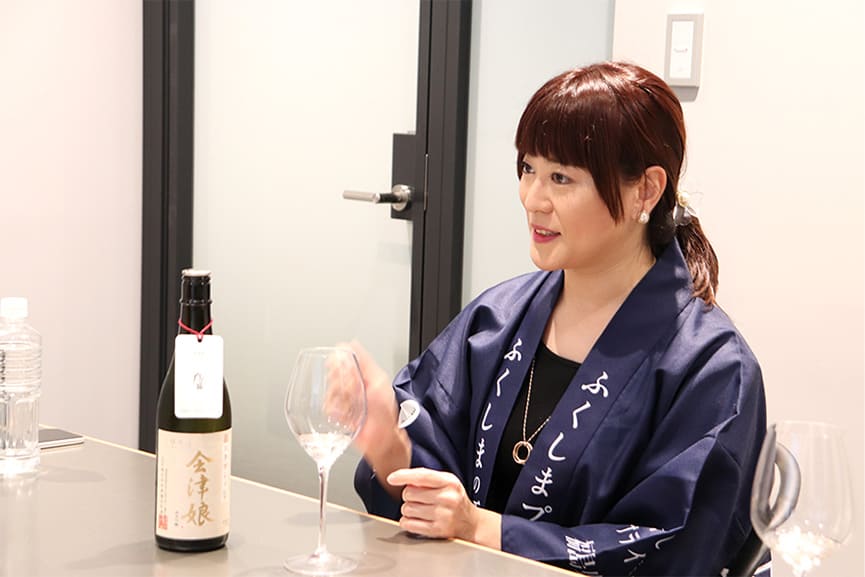
Saki: Indeed, this has a slightly different taste from the Iwaki Kotobuki that I'm familiar with. The subtle milkiness combined with a sweet-and-sourness gives an impression akin to strawberry milk.
Jun: I found the flavor to be refined. Fukushima's ginjo sake exudes a sense of stability.
Aimee: They used locally produced Koshihikari rice to support local farmers who have been affected by unfounded rumors that Fukushima’s produce isn’t not safe. Since they reestablished a new brewery in Namie, they have been releasing many new products and I think that shows the brewers’ enthusiasm for creating new sake. This variety reflects their spirit of not succumbing to adversity, but rather evolving despite it.
Fukushima Prefecture's sake can also impress overseas guests

Saki Kimura, sake journalist
Saki: I picked my recommendations to reflect the diversity of Fukushima’s sake. The first bottle is Junmai Tatsuizumi Yamahai Jikomi by the Tatsuizumi Brewery in Aizu Wakamatsu. The first Tatsuizumi I tried was a bespoke product sold by a liquor shop in Tokyo, and it had an interesting taste, as waves of various flavors come and go in your mouth. It was quite impressive.

Junmai Tatsuizumi Yamahai Jikomi by the Tatsuizumi Brewery
Jun: This Junmai Tatsuizumi Yamahai Jikomi has a unique character, too. It's almost like drinking a soup where various ingredients combine to create layers of flavor.
Saki: The acidity is particularly distinctive, similar to the refreshing citrus flavors of sudachi or kabosu fruits. Yet, you can also feel plenty of umami.
Aimee: I think Tatsuizumi is one of the breweries in the Aizu region that really brings out deep umami in their sake. There aren’t that many breweries in Fukushima Prefecture that make such orthodox yamahai style sake.
Saki: Soichi Shinjo, Tatsuizumi’s representative, once said that their sake is still delicious even after a month of being opened. I tested it out, and it was indeed true. It is reassuring that even if you leave the sake open for a while, it will still be delicious, isn’t it?
Jun: This sake feels moderately mature, and it would be good warm, too. This is the first time that I have tried it and I really liked it. Your next bottle is Shizenshu Nigori from the Niida Honke Brewery in Koriyama. Why did you choose this one?
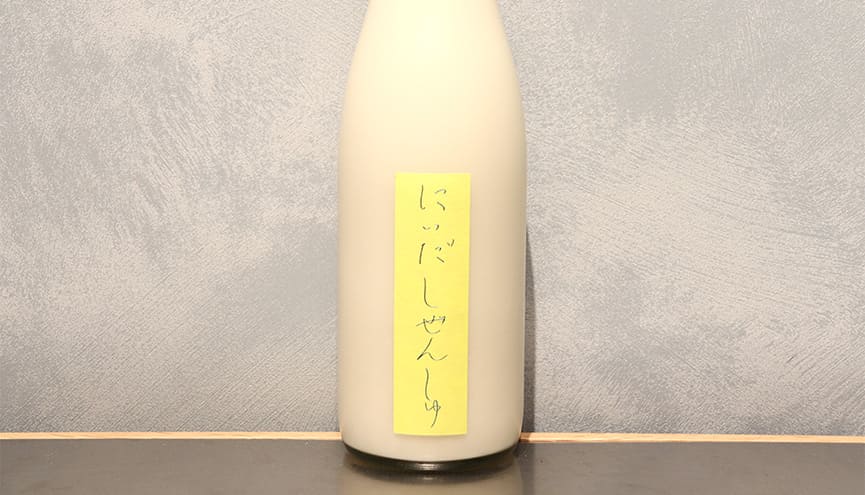
Niida Honke’s Shizenshu Nigori
Saki: I personally really want this variety to reach the United States. In the U.S., nigori sake is very popular and the local sake breweries make sure to include it in their line-up. Though unfiltered nigori sake isn’t as popular, this Shizenshu Nigori has a smooth, milkshake-like texture, so people would like it very much.
Aimee: It goes down smooth. A sweet and gentle lingering flavor follows as an aftertaste.
Saki: The refreshing lemon-like top note is also pleasant.
Aimee: Niida Honke has such stylish bottles too, making it easy for sake beginners to pick one up on visuals alone. Locally, they hold monthly open-brewery events, to make the brewery feel more approachable to those who don't drink alcohol and to children.
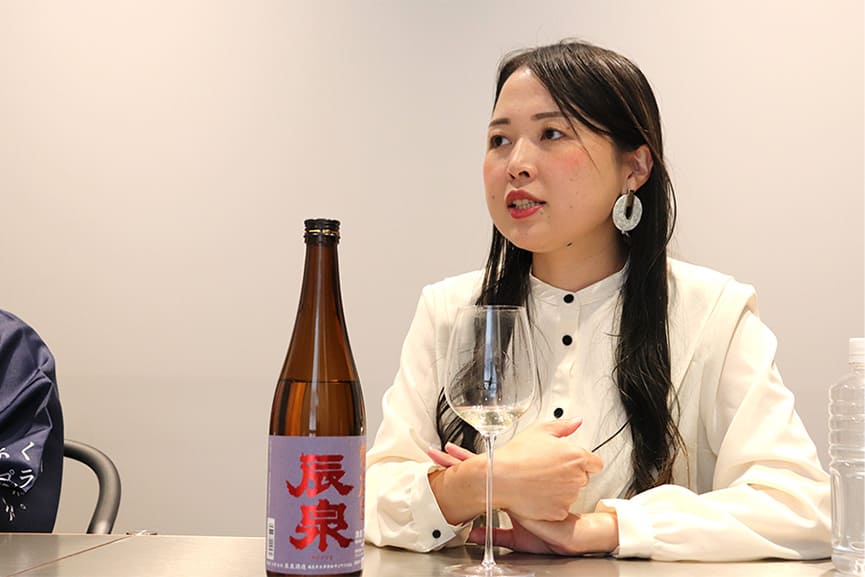
Jun: They value traditional methods, such as making barrels from wood cut from the mountains on the brewery's premises and attempting to only use naturally occurring yeast in their sake brewing.
Saki: I think many people are fans of Niida Honke not just because of the deliciousness of their sake, but also because of the brewery's stance and values.
Fukushima’s staple bottles are excellent
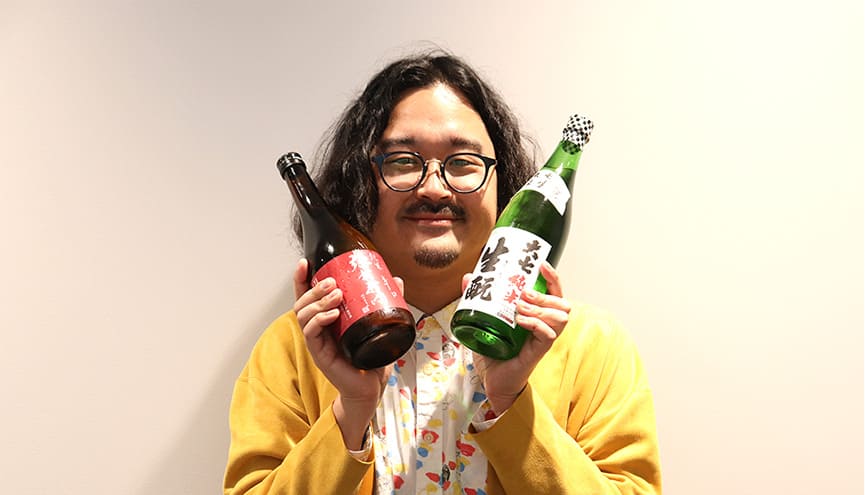
Jun Koike, editor-in-chief of SAKETIMES
Jun: My picks are from Fukushima breweries’ standard offerings, which fit nicely into my daily life. When it comes to Fukushima’s sake, one often thinks of their achievements in the Annual Japan Sake Awards, but I think the techniques developed through the contests are also reflected in their regular products. My first pick is Daishichi Junmai Kimoto from the Daishichi Brewery in Nihonmatsu. Saki, I heard that you also initially considered introducing Daishichi's sake here.
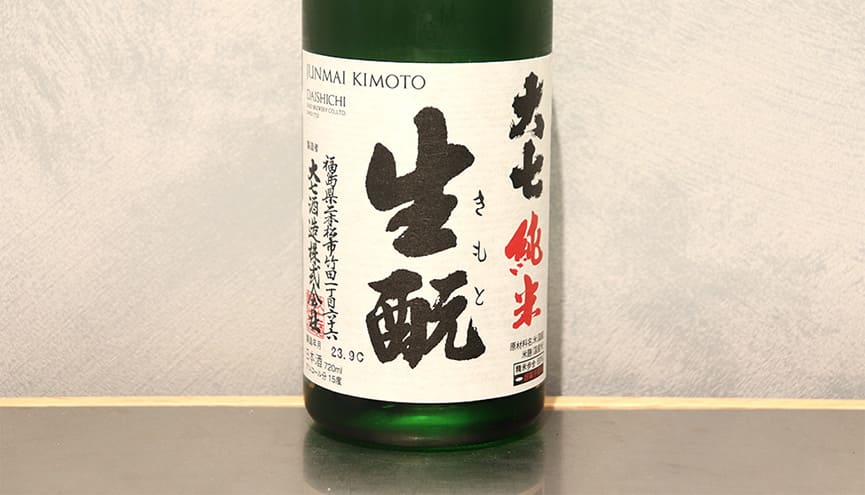
Daishichi Junmai Kimoto from the Daishichi Brewery
Saki: That's right. When I used to work at an overseas liquor store, I would recommend their Minowamon to those seeking sake with a refined depth similar to wine. The Daishichi Brewery's sake seems to be a hit with those who like a deep and rich flavor.
Jun: I worked at a sake-specialized izakaya during my student days, and Daishichi Junmai Kimoto was a popular choice there, too. Ever since, I associate Fukushima’s sake with Daishichi. This sake is delicious both at room temperature and chilled, but when warmed, its gentle umami is amplified, and it was the variety that introduced me to the allure of warmed sake.
Aimee: It truly has a soothing flavor.
Saki: Within its fragrant starchy aroma, you can also sense touches of spices and herbs. The aftertaste is dry.
Jun: Yes, it has a good finish. Daishichi focuses on the traditional kimoto method of sake brewing, but they are also a pioneer in the sake industry. For instance, they were the first to introduce the super-flat rice polishing technique.

Yauemon Karakuchi Junmai from the Yamatogawa Brewery
Jun: My next bottle is Yauemon Karakuchi Junmai by the Yamatogawa Brewery in Kitakata. I have visited the brewery to write about them, and I really liked the mellow and soothing flavor, so I have been purchasing it repeatedly since then. Just like Daishichi Junmai Kimoto, it’s delicious both at room temperature and warmed.
Saki: Despite having robust umami, it's light and goes down smoothly, so you are sure to have several cups.

Jun: Yamatogawa's current president has established a renewable energy company, from which the brewery purchases most of the electricity it uses. In other words, the brewery is striving for energy self-sufficiency.
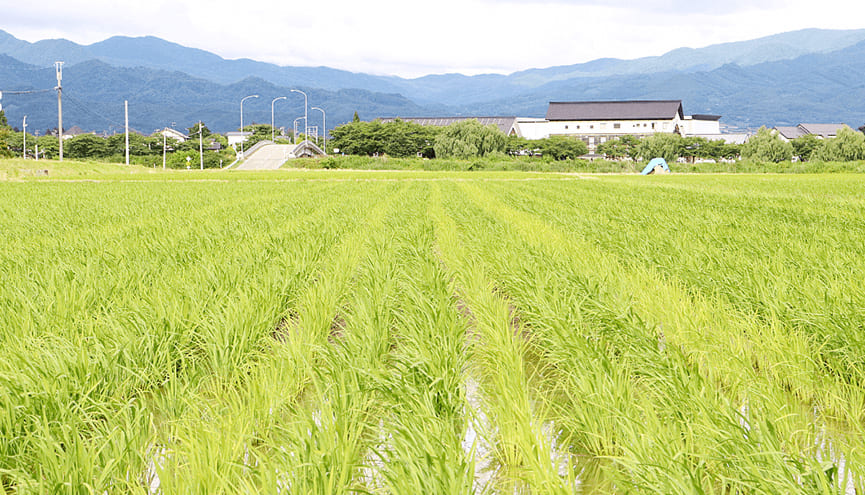
Jun: One memorable thing from the interview was when I asked if there was any company they looked up to. Masakazu Sato, who was the managing director at the time, mentioned the outdoor brand Patagonia. I was drawn to their approach of not just making sake, but also using their business to send a message to society. I've been a fan since then.
Aimee: Similar to the Takahashi Shosaku Brewery, they also cultivate their own rice, don't they?
Jun: Yes. It seems that sake breweries in Fukushima have strong feelings toward rice, whether it's growing their own or valuing local rice.
Fukushima’s sake will evolve further
Jun: Do you two have any other Fukushima sake that you have your eyes on?
Saki: I’m interested in the craft sake by breweries in Minami Soma, such as haccoba and Puku Puku. I feel hopeful as I see more young individuals trying to convey the charm of Fukushima in their own ways.
Aimee: I have high expectations for the younger generation of brewers and toji who have been trained under Suzuki. Although the streak of winning the most number of gold awards at the Annual Japan Sake Awards for consecutive years has been broken, it can also be seen as a releasing brewers from the pressure of maintaining the record. While pursuing good results in the contests, I hope that the brewers also continue to pursue sake brewing that expresses their individuality.
Saki: Outside of Japan, diversity is valued more than uniformity. From that perspective, I also welcome the trend Aimee mentioned. I believe the fanbase for Fukushima's sake will continue to grow overseas as well.
Jun: Through today's discussion, I really understood the diversity of Fukushima's sake. It encompasses refined delicious sake varieties that win gold awards at contests, as well as sake that fit into daily life and those that exude strong originality. The appeal of Fukushima's sake lies in the various flavors the breweries create through their high technical finesse.

This roundtable discussion offered recommendations for Fukushima's sake from three different viewpoints. Fukushima’s sake is not only delicious, but has great variety, part of which comes from the brewers’ dedication to rice cultivation and their expression of regional uniqueness. We look forward to the continuing evolution of Fukushima’s sake.
For those who want to learn more about the charm of Fukushima's sake, please visit the official website.
◎Aimee Ujiie
Singer-songwriter and narrator. Nihonshu Joshikai representative. As a certified sake educator and sake sommelier, Aimee shares the charm of sake through music and serves as a tourism ambassador of Fukushima Prefecture and Aizu Wakamatsu City.
◎Saki Kimura
Sake journalist, editor, and writer. After obtaining her Journalism Certificate at UCLA, Saki worked at True Sake, the first specialized sake store in the US. She serves as the director of overseas-focused sake media, and contributes to writing and editing books, magazines, and web media. Currently, she is pursuing the Doctoral Program in Sake Studies at Niigata University.
